总部位于雅加达的智囊机构 Institute for Essential Services Reform(IESR)在与印尼能源机构Dewan Energi Nasional共同考虑修改该国清洁能源目标时,试图声称政府大大低估了该技术的潜力,以此达到推动太阳能发展的目的。
IESR称,目前的太阳能目标,即发电容量到2025年达到6.5 GW,是基于对印度尼西亚最高太阳能技术潜力的估算,而该估算值比计算结果小95倍。
在同行中国永续全球环境研究所支持下,IESR采用GIS测绘计算出印尼土地可容纳3.4-19.8 TWp大规模太阳能项目发电容量。
技术限制
名为“超过207 GW:释放印尼太阳能潜力”的研究声称,环境矿产部估算的205 GW国家太阳能潜力已严重过时,尽管IESR指出它计算的技术最大值并未考虑到政策、市场或其他经济限制,仅限于坡度适用的土地的可获得性。 IESR指出,屋顶和浮动式光伏发电是其准备的其他研究的主题,因此这两项被除外,该报告计算出印度尼西亚拥有土地面积484,000平方千米,可容纳19.8 TWp大规模光伏发电容量。如果不包括农业用地和森林种植园,则数字将分别下降至188,000平方千米和7.7 TWp;如果人口稠密的地区也被排除在外,则结果为154,000平方千米和6.31 TWp。
为了证明政府207 GW的估算是多么不可靠,IESR的数据还排除了最常见的裸露地表 – 干旱灌木丛,即便如此仍算出全国范围内有82,800平方千米面积适合安装太阳能,可容纳3.4 TWp太阳能发电容量。
该报告作者还强调说,他们的计算是基于对确定地点的能量密度“相当保守的假设”,根据美国国家可再生能源实验室在2013年进行的一项研究,计算得出能量密度为每公顷410 kWp。IESR称,印尼近期的太阳能项目的能源密度为每公顷600-800 kWp。 报告指出,加里曼丹省的东部、西部和中部(印尼在婆罗洲岛上的属地)具有最高的太阳能技术潜力,廖内省、苏门答腊省北部和南部、爪哇东部和中部以及巴布亚省也拥有非常适合太阳能项目的场地。
This content is protected by copyright and may not be reused. If you want to cooperate with us and would like to reuse some of our content, please contact: editors@pv-magazine.com.
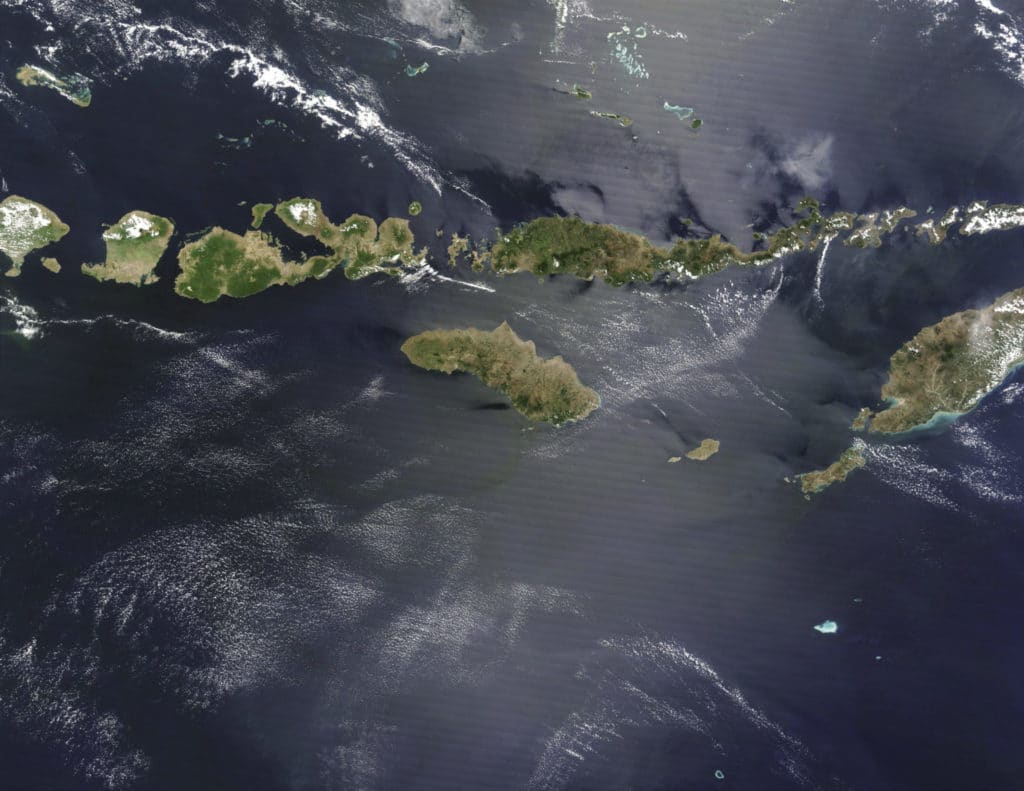



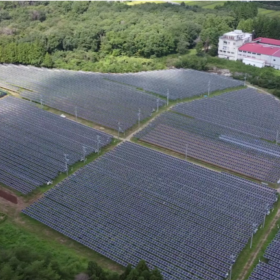
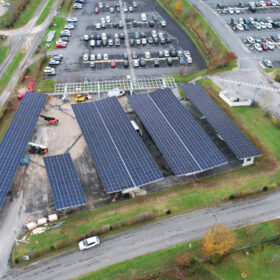
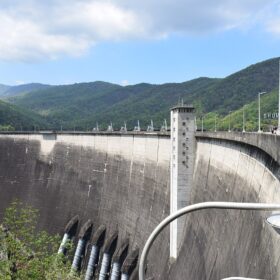
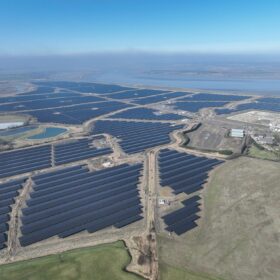





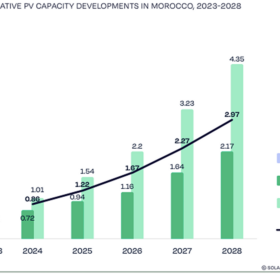
By submitting this form you agree to pv magazine using your data for the purposes of publishing your comment.
Your personal data will only be disclosed or otherwise transmitted to third parties for the purposes of spam filtering or if this is necessary for technical maintenance of the website. Any other transfer to third parties will not take place unless this is justified on the basis of applicable data protection regulations or if pv magazine is legally obliged to do so.
You may revoke this consent at any time with effect for the future, in which case your personal data will be deleted immediately. Otherwise, your data will be deleted if pv magazine has processed your request or the purpose of data storage is fulfilled.
Further information on data privacy can be found in our Data Protection Policy.